Conservation Basics: Attack of the Pizzly Bears
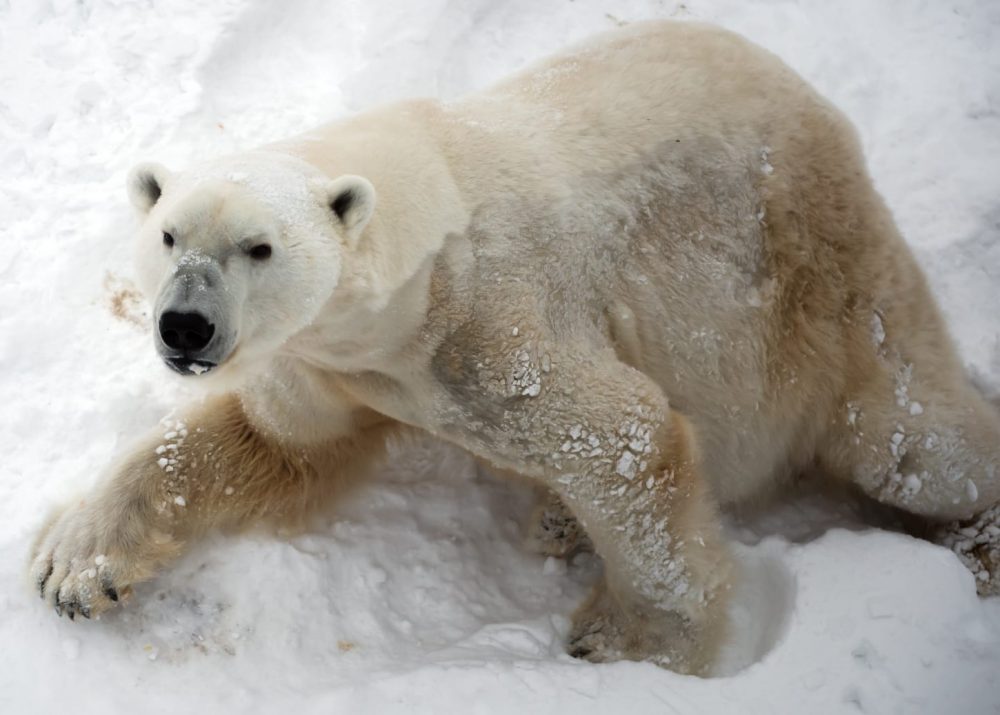
Rainforest Trust’s work to protect habitats for threatened species is grounded in cutting-edge conservation science. But in this series, we explore the basics of conservation science and how they inform Rainforest Trust’s scientists.
What is a species?
No, I’m serious — let’s come up with a definition.
Alright, well, we know specific species, like Polar Bears. A Polar Bear is a species of bear, which is a mammal, which is an animal, which is a living thing.
A different species of bear would be the Brown Bear (AKA the Grizzly Bear). The Polar Bear’s scientific name is Ursus maritumus. The Brown Bear’s is Ursus arctos. They have different species names — making them different species.
But how did we decide this?
There’s got to be a standard system for determining where one species ends and another begins. Right?
Wrong.
Turns out, there are three systems for determining where one species ends and another begins. We have our physiological species concept where species differ by physical traits. We also have our ecological species concept where species differ by geography and which ecosystems they occupy. Finally, we have our genetic species concept where species differ by differences in their DNA.
“Hold on, hold on, hold on,” you might be thinking. “Isn’t evolution like a tree, where each species is the end of a branch? Shouldn’t it be simple to tell the difference? How could we disagree over where one species ends and another begins?”
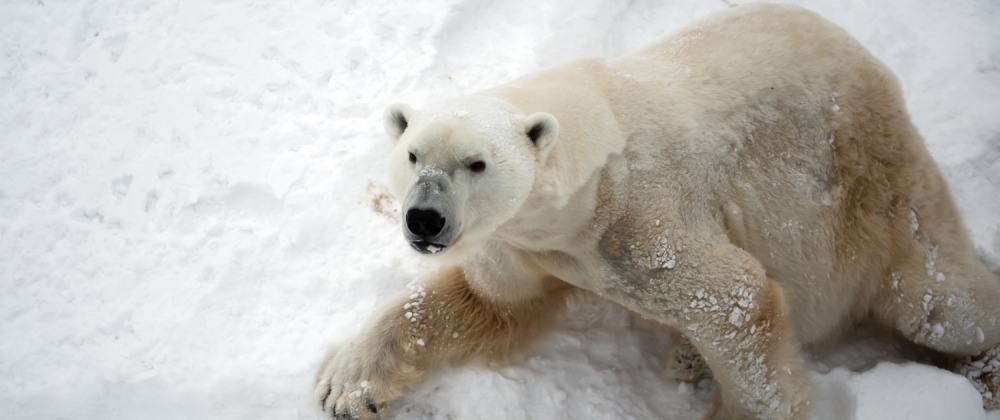
My copy of Dictionary of Ecology by Herbert C. Hanson, published in 1962 by Philosophical Library and picked up by me for free in 2015 at a give-away by the Cleveland Park Library in Washington, D.C., defines a species as:
“A unit of classification of plants and animals, consisting of the largest and most inclusive array of sexual reproducing and cross-fertilizing individuals which share a common gene pool.”
Nature, the infamous science journal, defines a species a little differently in their online learning resource:
“A biological species is a group of organisms that can reproduce with one another in nature and produce fertile offspring. Species are characterized by the fact that they are reproductively isolated from other groups, which means that the organisms in one species are incapable of reproducing with organisms in another species.”
Neither of these definitions are (entirely) correct. (Cue: gasp)
Both come down to a few ideas.
- Members of a species can reproduce with another in nature.
- Offspring must be fertile
- They must be reproductively isolated from other groups — one species cannot reproduce with another species (“largest and most inclusive array of sexual reproducing and cross-fertilizing individuals”)
Here, I found two definitions of a species: one from a world-renowned scientific journal and one from some random book I got for free on the sidewalk once. But they both miss something big, gnarly and strange.
The Pizzly Bear. That’s what happens when a Polar Bear and a Brown (Grizzly) Bear mate. They create a Pizzly Bear. Otherwise known as a Grolar Bear.
As we established before, Polar Bears and Brown Bears are different species. They have different names! But let’s break them down into the three species concepts:
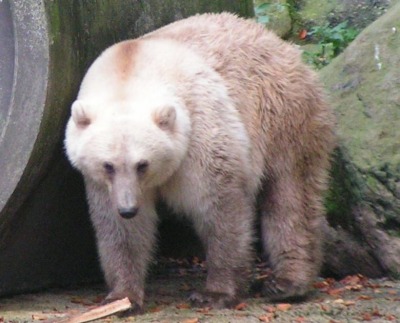
Physiological Species Concept
Polar Bears have white fur and adult males usually weigh somewhere around 1000 lbs. Brown Bears have brown fur and adult males usually weigh somewhere around 500 lbs.
The two species differ in other, more specific ways, but physiologically, they look like different species.
Ecological Species Concept
Polar Bears live in oceanic, arctic climates, in Northern Canada and Alaska, through Russia and Norway. Brown Bears live in the Northern Hemisphere also but in terrestrial environments and range much further south than the Polar Bear.
Ecologically, they seem like different species.
Genetic Species Concept
I don’t have the DNA results on hand, but we can probably assume there‘s some DNA differentiation.
Hence, genetically they (probably) seem like different species.
But let’s go back to the two species definitions and their caveats. They both came down to species differing from one another by the ability to reproduce and create fertile offspring. Here’s where Polar Bears and Brown Bears miss that mark.
Where the two species overlap, people have documented the rare but definitely occuring-in-nature Pizzly Bear. The Pizzly was first discovered in 2006, with a few more discovered since then. Theories speculate that all the bears are descendants of one female, making this a unique case. In fact, some ecologists believe this never would have occurred without the impact of climate change — a warmer climate pushed Brown Bears further north and into more of the Polar Bear’s range, increasing the likelihood of contact.
But no matter what the cause, the two species could reproduce. What’s more, researchers believe some of the Pizzly bears found are descendants of a Brown Bear and a Pizzly Bear! Meaning, not only could they reproduce, but the offspring can be fertile!
This isn’t the only instance of hybridization occuring in the wild. Narwhals have mated with Beluga Whales. Dozens of bird species hybridize, often proving an identification challenge for birdwatchers. Napolean Dynamite’s pretty-much-favorite animal, the Liger, however, does not exist in the wild as Lions and Tigers have no overlapping range. But it does exist in captivity. That big cat actually has a thorny ethical reality.
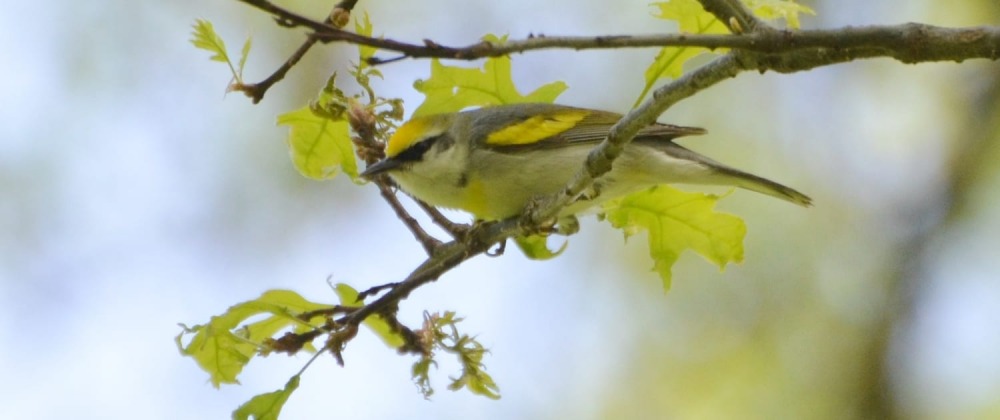
Yet Brown Bears and a Polar Bears are so clearly different species. Where does this leave our species definitions?
Neither is right. But neither is wrong. If I were to ask a random grouping of 1,000 ecologists, evolutionary biologists and taxonomists their definition of a species, I doubt I’d get two of the same answers. It’s not that no two would be worded the same — it’s that no two would be the same in their caveats. I’d likely get a few pages-long essays. I’d likely get a couple of laughs and a “No, thank you.”
Biologists debate this topic all the time. They also debate whether species are best divided physiologically, ecologically or genetically. A lot is up for debate. And that’s great! You know, scientific discourse and all that.
Sometimes scientific progress prompts us to revise species boundaries to divide two groups, but sometimes we merge two groups. Sometimes one species living on two different islands or mountains are actually two species. Sometimes two species living on two different islands or mountains are actually one species.
It’s always changing. But that’s part of the fun.
I wrote this to give you more answers. I’m realizing I may not have been entirely successful. Sorry. But now you know how weird, complicated and nebulous some elements of taxonomy can be. I guess that’s an answer to something, maybe.
Point is — if you ever see a dusty white/brown bear, somewhere way up in the taiga, take a closer look.
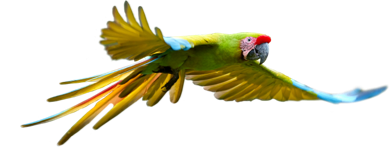
Sign up to receive the latest updates
"*" indicates required fields

